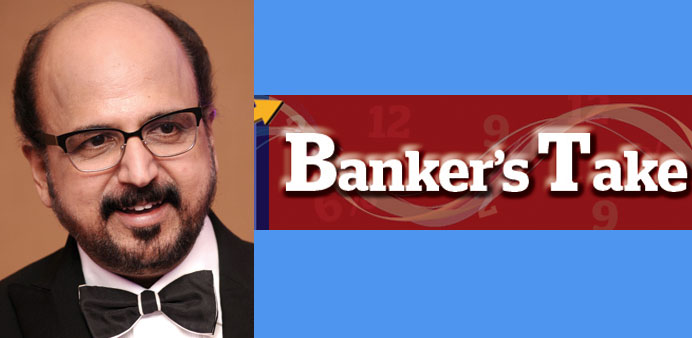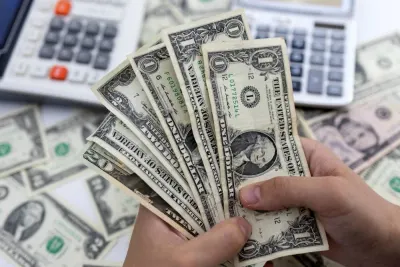By Dr R Seetharaman
The US dollar index jumped to a 14-month high last week as investors bet the Federal Reserve would hike interest rates earlier than expected.
The dollar gained last week after research from economists at the San Francisco Fed indicated investors may be underestimating when the US central bank is likely to hike rates. This research has given expectations that central bankers could signal an earlier-than-expected hike in rates at their policy-setting meeting this week.
The US dollar index was at 80 at the beginning of the year and has been surging since July 2014 on account of positive economic data from US. The US Federal Reserve reduced its monthly stimulus, which will end in October 2014.
US economy grew at 4.2% in second quarter of 2014. The US job data had 142,000 jobs created in August 2014 versus an estimate of 225,000, with the jobless rate at 6.1%. Though it was the smallest gain, the job market had shown recovery in recent times.
US consumer sentiment also rose in September to its highest in more than a year on more upbeat views on the domestic economy in the coming year, a survey released last week showed. US retail sales data last week showed spending rose broadly in August which added to these expectations. US dollar index ended last week at 84.240.
The euro had fallen to yearly lows against the dollar last week. It had deteriorated since the European Central Bank this month cut rates to new lows and launched an asset-purchase programme to ward off deflation. It ended last week at 1.296 against the US dollar. The Euro was at 1.37 against the dollar at the beginning of the year and had earlier surged on hopes of revival of European economy.
In Euro region inflation is a weak 0.4%, well below the bank’s goal of just under 2%, and unemployment is quite high at 11.5 %. The euro area economy stagnated in the first half of this year. The pound had fallen to its lowest level this year below 1.61 against the dollar last week amid uncertainty about Scotland’s future within the UK. It recovered a bit as Scottish poll indicated upper hand for no vote. The British pound ended last week at1.626 against the dollar. The pound was at 1.6566 against the US dollar at the beginning of the year on hopes of recovery in UK economy.
The yen had fallen to a six-year low against the US dollar last week after the Bank of Japan governor assured Japan prime minister that the central bank wouldn’t shrink from further easing monetary policy to hit the country’s inflation target of 2%.
The yen closed by end of last week at 107.34 against the US dollar. Japan’s economy contracted an annualised 7.1% in the April-June quarter, as consumers tightened their belts and companies slashed new spending following the three-percentage-point rise in the sales tax to 8%.
Earlier this week, data on Japan’s current-account surplus in July came in short of expectations too, already fuelling concerns that Japan’s stimulus efforts over the past year haven’t sufficed to boost the economy and may call for more action from the Bank of Japan.
The Chinese yuan fell slightly against the dollar guided by a weaker midpoint set by the central bank to reflect strength in the global dollar index. The yuan ended last week at 6.13 against the US dollar.
The Russian Ruble hit a new low against the dollar last week as fresh European Union sanctions on Moscow over the Ukraine crisis took effect and ended last at 37.75 against the US dollar. Russia and China agreed an economic pact that included boosting use of ruble and yuan for trade transactions last week. According to the pact, Russian banks will be allowed to set up accounts with Chinese banks, and Russian companies can seek loans from Chinese firms. The move came after the US and some European countries imposed sanctions on Russia.
The Indian rupee had weakened to one month low tacking falls in emerging markets due to worries the US Federal Reserve would raise interest rates earlier than expected. However, it recovered and ended at 60.66 against the dollar by end of last week.
Brazil’s real extended its weekly slump to the biggest in a year after a poll showed increased support for President Dilma Rousseff as the nation faces a recession and above-target inflation last week. It ended last week at 2.3390 against the dollar.
The currency market witnesses volatility. However, dollar has strengthened on expectations of interest rate hike by the US Federal Reserve in the forthcoming meeting this week.
** Dr R Seetharaman is Group CEO of Doha Bank. The views expressed are his own.



